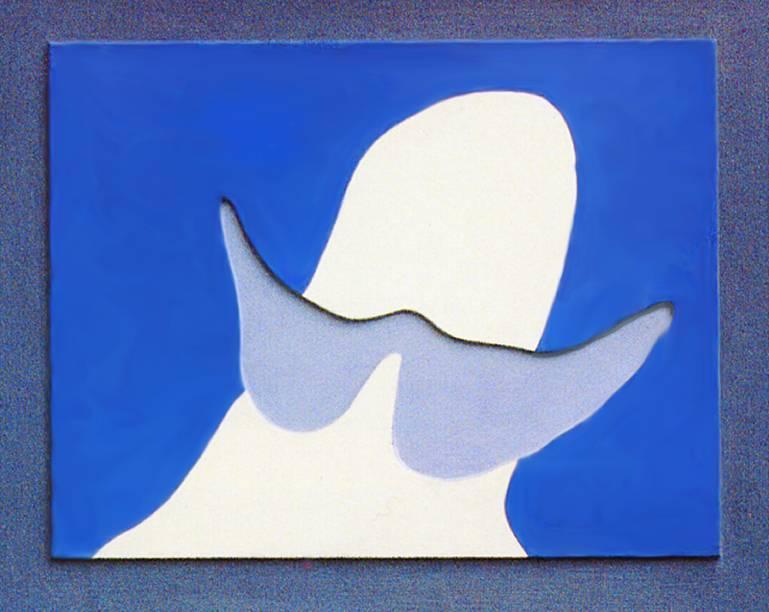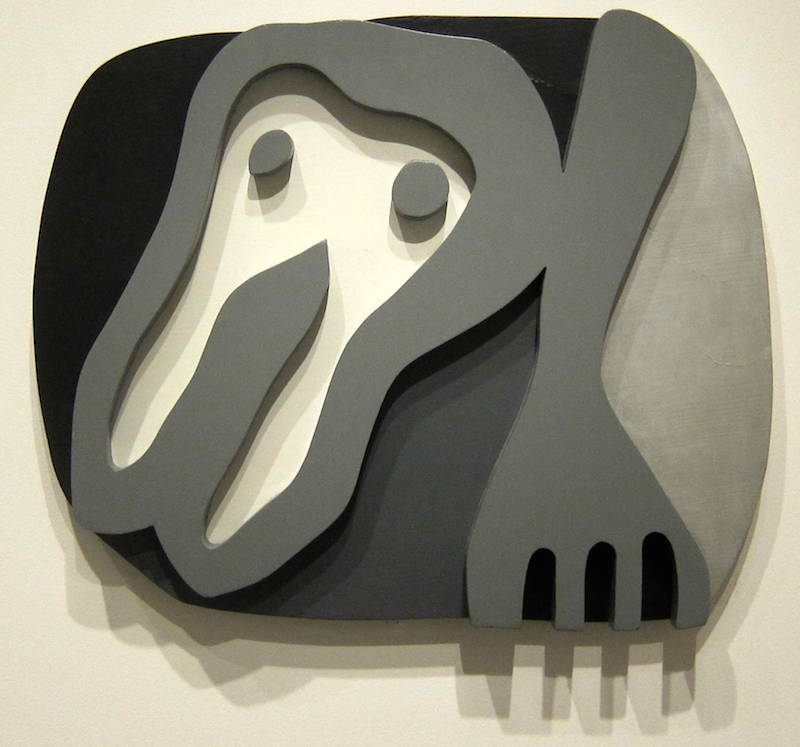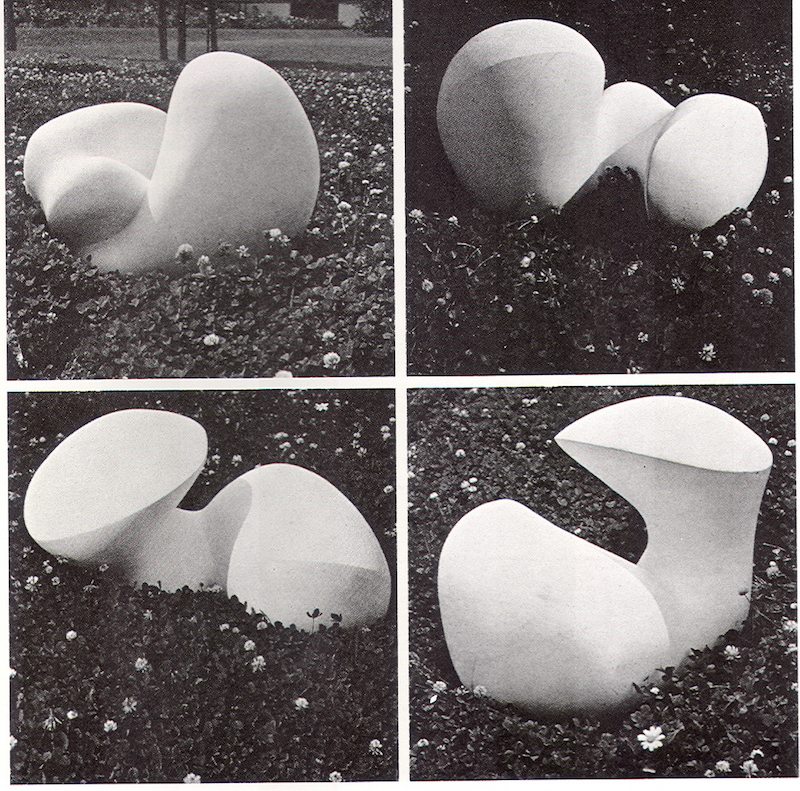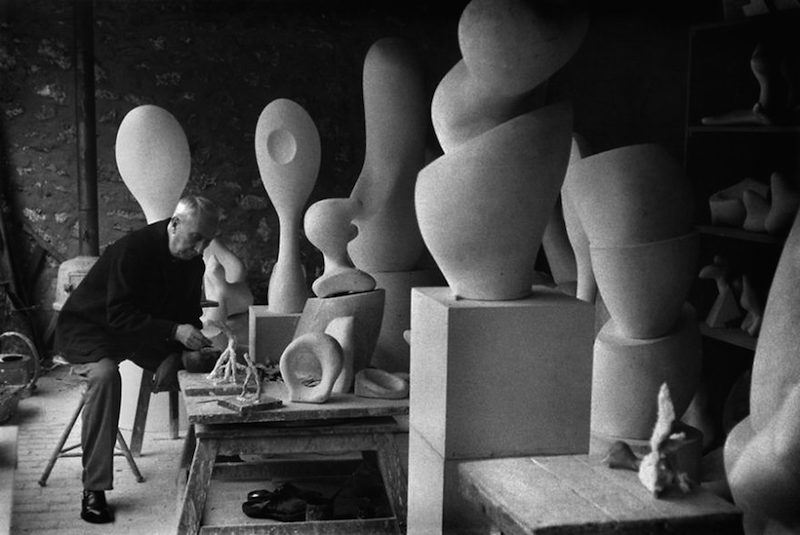Jean Arp
Episode #4 of the course “Great surrealist painters of all time”
Jean Arp, also sometimes referred to as Hans Arp, was born in 1887 in a region that would later become part of France. His parents were French and German, and Arp grew up speaking both languages. He referred to himself in French as “Jean,” but he called himself “Hans” in German. French law ultimately settled his name as Jean.

Head with mustache
After spending time in 1912 and 1914 in Paris—where he met other artists of the day like Pablo Picasso—Arp served in the army. Afterward, Arp landed in Zurich, where he became one of the founders of the Dadaist movement. Dada was a negative reaction toward the first World War where artists tried to express their confusion, upset, and other emotions that are difficult to articulate. The insanity of the war caused a reaction among painters, sculptors, poets, and other artists in which they attempted to push boundaries of expression and communication through changes in style and patterns of language.

Shirt Front and Fork
Jean Arp’s work pushed the bounds of expression of the subconscious. He was interested in exploring spontaneity, instincts, and connections with forms. His Surrealist sculpture Human Concretion caused a great stir with his expression of the tension between utopia and dystopia during World War II.
 Human Concretion
Human Concretion

Jean Arp also painted reliefs, including the large commissioned work at the UNESCO headquarters in Paris. In addition to publishing essays and poetry, he experimented with collage and sculpture, leading him into the Surrealist round sculptures for which he is acclaimed. Arp continued to push the boundaries of art with his soft masses that express universal form until his death in 1966.
Share with friends

